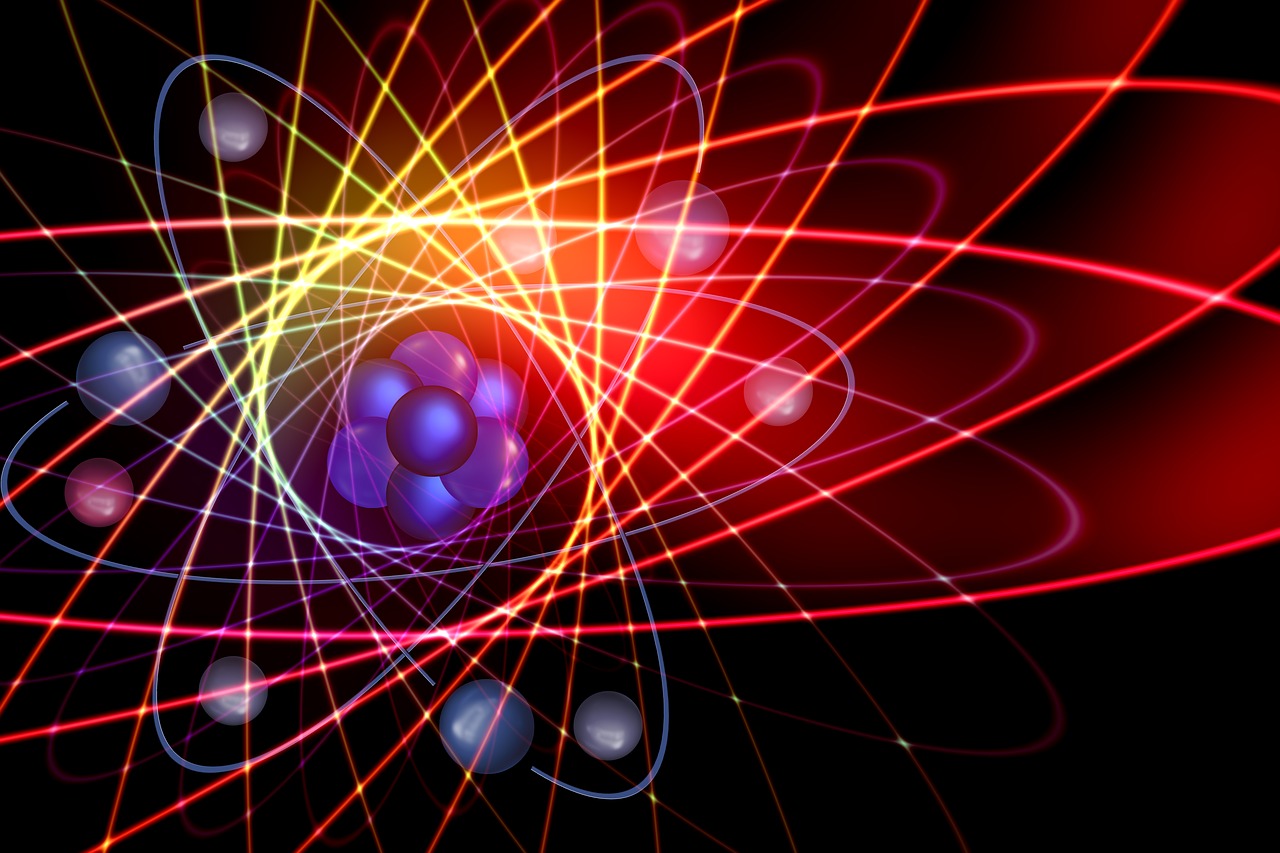The Quantum Theory of Planck // A Revolutionary Threshold in Physics

Pixabay
Now, dear reader, the foundation of Planck's quantum theory is the idea that energy is released and absorbed in discrete units known as "quanta." According to Planck, radiant energy—such as light—emits and absorbs energy in discrete packets rather than constantly. This theory went against the conventional wisdom that energy should be capable of continuous variation.
The law of black-body radiation was one of Planck's most important contributions. Planck demonstrated that one must take into account that energy can only be emitted in integer multiples of a minimum indivisible quantity, now known as the energy quantum or Planck's constant (h), in order to properly explain the energy distribution of radiation emitted by a black body. The tiniest boundary is established by this fundamental constant of nature.
In the Quantum Theory of Planck, several fundamental equations are used to describe quantum phenomena. Here are some key equations used in this theory:
Planck-Einstein Formula
E = h * f
This formula connects a photon's energy (E) and frequency (f). The letter "h" stands for Planck's constant, or 6.626 x 10-34 joules per second (J•s), roughly. The quantization of electromagnetic radiation's energy into distinct energy packets is demonstrated by this equation.
Relationship of De Broglie: h = p
Louis de Broglie came up with this equation, which demonstrates the connection between a particle's linear momentum (p) and wavelength (). The Planck constant, "h" in this case, symbolizes the dual nature of particles, which can act as both waves and particles.
The Heisenberg Uncertainty Principle is as follows: x * p h / 2.
Heisenberg's uncertainty principle, which holds that a particle's position (x) and momentum (p) cannot be simultaneously determined with infinite precision, is established by this equation. Planck's constant divided by two must be greater than or equal to the product of the errors in position and momentum.
Planck's quantum theory is important because it can explain phenomena that are incomprehensible to classical physicists. For instance, Albert Einstein's discovery of the photoelectric effect demonstrates how light can act as discrete energy particles known as photons. Heisenberg's uncertainty principle, which asserts that there are intrinsic constraints to our capacity to precisely measure a particle's position and momentum at the same time, is also addressed by quantum theory.
Additionally, Planck's quantum theory offers a fundamental framework for comprehending the interactions between subatomic particles and the electrical structure of atoms. Atomic electrons, for instance, may only exist at a limited range of discrete energies or quantum states, leading to a limited set of orbits and arrangements.
Our current view of the subatomic universe is molded by Planck's quantum theory, which is a ground-breaking development in physics. Its core ideas, including wave-particle duality and energy quanta, have challenged conventional wisdom and opened up fresh perspectives on the nature of physical reality. In this area of physics, quantum theory has proven to be an effective tool for understanding phenomena.
Exercise: Calculate the energy of a red light photon with a wavelength of 700 nm.
The wavelength is specified as 700 nm (nanometers). Convert that to meters. Divide it by 109 to get the equivalent in meters: 700 nm = 700 x 10-9 m = 7 x 10-7 m.
Using the Planck-Einstein equation, determine the photon's energy: E = h * f.
Since we are dealing with light, we can use the calculation f = c / to determine the frequency (f), where c is about equivalent to 3 x 108 m/s.
4.29 x 1014 Hz f = c / = (3 x 108 m/s) / (7 x 10-7 m)
Now, we can use the Planck-Einstein equation to determine the photon's energy:
2.84 x 10-19 J = E = h * f = (6.626 x 10-34 J•s) * (4.29 x 1014 Hz)
Consequently, a body's energy is red light photon with a wavelength of 700 nm is approximately 2.84 x 10^-19 Joules (J).
Bibliographic Reference
Quantum Physics: A Beginner's Guide by Alastair I.M. Rae, 2005.
Planck: Driven by Vision, Broken by War by Brandon R. Brown, 2015.
Thanks for your contribution to the STEMsocial community. Feel free to join us on discord to get to know the rest of us!
Please consider delegating to the @stemsocial account (85% of the curation rewards are returned).
Thanks for including @stemsocial as a beneficiary, which gives you stronger support.